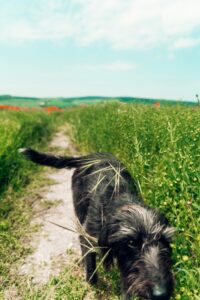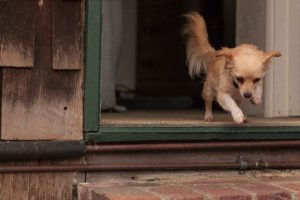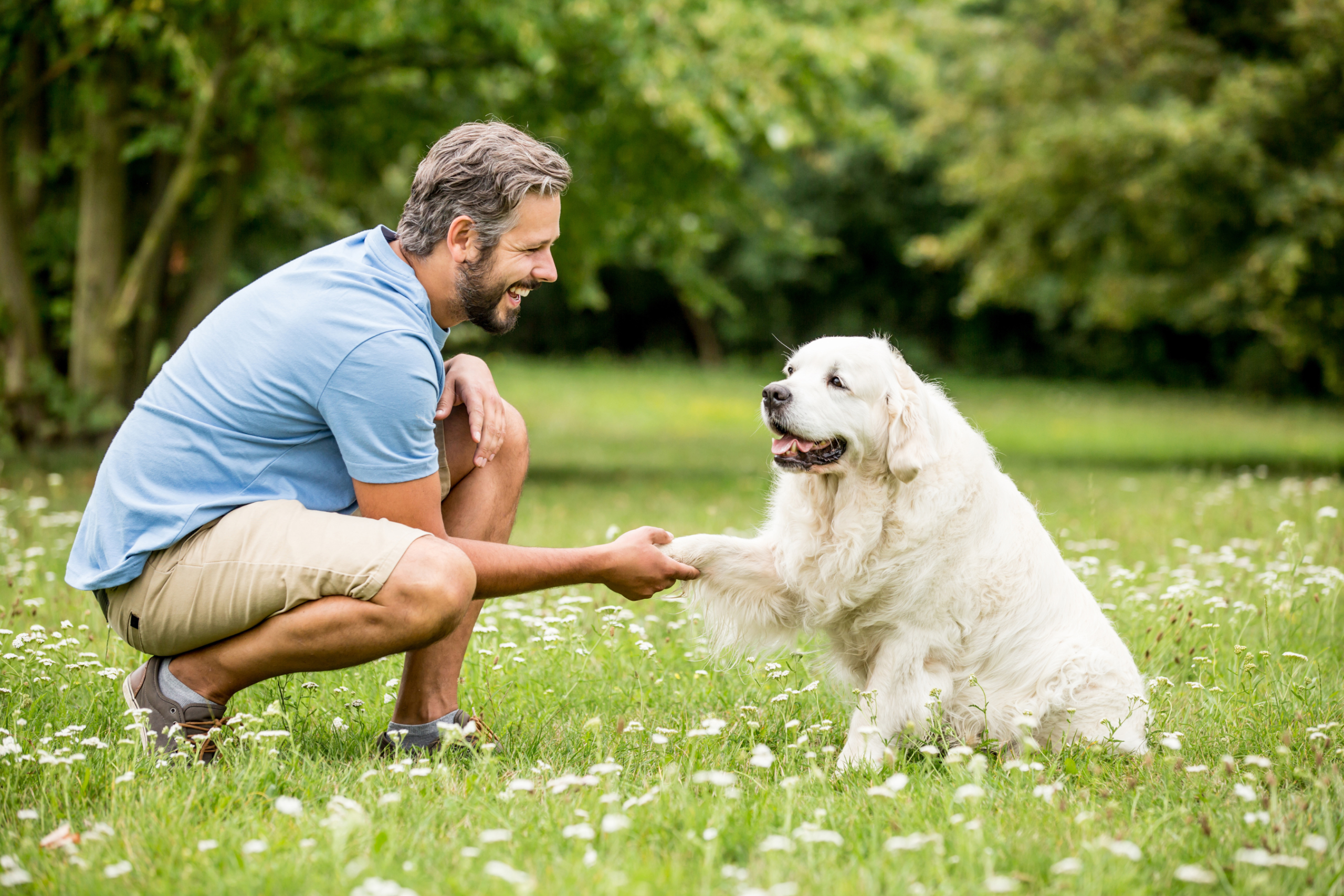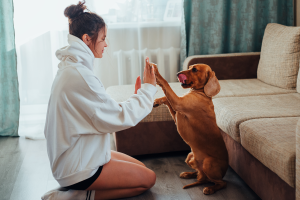Summer in Toledo brings long days, outdoor adventures, and plenty of opportunities for your dog to enjoy the sunshine. But with the rising temperatures comes a serious risk many pet owners underestimate: overheating. Dogs are far more sensitive to heat than people, and without the ability to sweat like humans, they can quickly suffer from heat stress or even heatstroke.
This post will help you recognize the warning signs of overheating and give you practical steps to prevent it, so you and your dog can stay safe and cool all summer long.
Why Dogs Are Vulnerable to Overheating
Dogs regulate their body temperature primarily through panting and small sweat glands in their paw pads. On hot days, this system can easily become overwhelmed, especially during physical activity or when dogs are exposed to heat for extended periods.
Certain dogs are even more at risk, including:
- Brachycephalic breeds like Bulldogs and Pugs
- Puppies and senior dogs
- Overweight dogs
- Dogs with thick coats or underlying health conditions
Signs Your Dog May Be Overheating
Catching heat stress early can prevent serious complications. Watch closely for the following symptoms:
- Rapid or excessive panting
- Thick drooling
- Bright red or pale gums
- Lethargy or uncoordinated movement
- Glazed eyes or confusion
- Vomiting or diarrhea
- Collapse or seizure in extreme cases
If your dog is showing signs of overheating, move them to a shaded or air-conditioned area, offer small amounts of cool water, and contact your veterinarian immediately.
How to Prevent Overheating in Dogs
Prevention is key when it comes to heat-related issues. Follow these guidelines to help your dog stay cool and safe:
Time your walks
Exercise early in the morning or late in the evening when the pavement and air are cooler.
Keep them hydrated
Always carry fresh water and a portable bowl. Offer water frequently, especially during outdoor activities.
Provide shade and breaks
Make sure your dog has a shady spot to rest in the yard or at the park. Take breaks often during walks or play.
Avoid hot pavement
Use the seven-second test. Place your hand on the pavement. If it is too hot to hold for seven seconds, it is too hot for your dog’s paws.
Never leave your dog in a car
Even with cracked windows, temperatures in a parked car can rise rapidly and become deadly within minutes.
Dogs that get overly excited around other people, pets, or outdoor distractions may be more likely to overheat. Our Basic Obedience Training for Reactive Dogs helps dogs develop calm, reliable behavior in stimulating environments, which supports safer outings during warmer months.
Cooling Methods That Are Safe and Effective
If you notice early signs of overheating, take these steps:
- Move your dog to a shaded or indoor space
- Offer cool (not ice-cold) water in small amounts
- Wet their paws, belly, and armpits with cool water
- Use a fan or air conditioning to gently reduce body temperature
Avoid ice baths or very cold water, as they can cause shock and worsen the situation. Always cool your dog gradually and seek veterinary advice if symptoms are severe.
Managing Overstimulation to Prevent Heat Buildup
Overheating is not always just about temperature. Excitement and stress can cause a dog’s heart rate and body temperature to rise. Teaching your dog to remain calm under pressure helps reduce this risk.
Reading your dog’s body language is essential. Learn more about early signals of stress or overstimulation in our blog on the role of body language in dog training. Recognizing these cues can help you take proactive steps to cool your dog down before things escalate.
Activities to Skip When It Is Too Hot
During extreme heat, skip these common summer activities:
- Long hikes on sunny trails
- Midday fetch in the yard
- Outdoor obedience drills without breaks
- Dog park visits in direct sunlight
Instead, try indoor enrichment games, short shaded walks, or scent-based training activities to keep your dog mentally stimulated without overheating.
External Resource
For more detailed guidance on heatstroke prevention, symptoms, and treatment, visit the PetMD guide on heatstroke in dogs.
Final Thoughts
Heatstroke is a serious and often preventable condition. Knowing the signs and how to respond can make a life-saving difference. Just as importantly, developing strong obedience skills helps you manage your dog’s excitement and behavior during high-risk situations like hot weather outings.
If you are ready to help your dog build the structure and impulse control needed for a safe and stress-free summer, we are here to help.
Contact us today to schedule a training consultation and keep your dog cool, calm, and under control this season.










